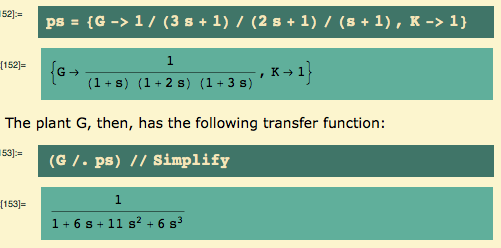I think I’m going to do something different this weekend… and I don’t know that it will lead to a technical post on Monday… but it seems to be what I need to do.
Play with MATLAB. We’re using it in two of the courses I’m taking – Image Processing, and Control of Mobile Robots. So I’ve got a backlog of work in the Image Processing class, and I ought to get moving in the Controls class. On top of it all, as I’ve said before, I’ve got a hefty pile of books that use MATLAB.
Now, the student version prohibits me from using it for commercial or professional purposes. I don’t care to argue with them over whether this blog is “professional”, so unless I buy my own full-fledged version, I believe that it is simpler to not publish any of my MATLAB exercises out here – not unless I move up from the student license.
So I’ve got MATLAB itself to play with, and Simulink… and toolkits for image processing, controls, and symbolic calculations, and wavelets… and more, but that’s a heck of a lot to look at already.
Unless something quick and easy pops into my head over the weekend, I expect no technical post to go out this Monday. I expect to be doing plenty of applied mathematics, I just don’t expect to publish any of it.




